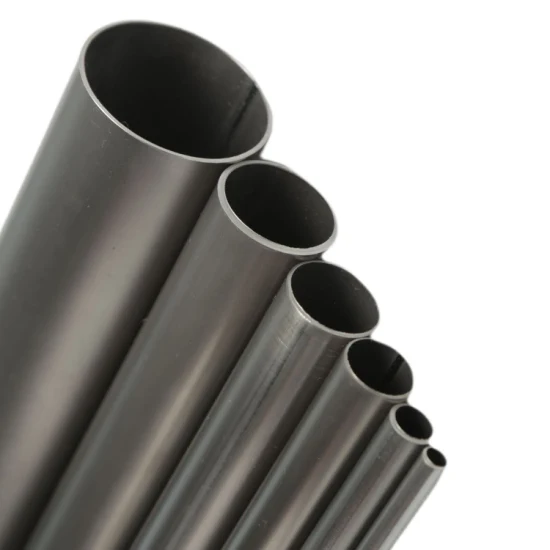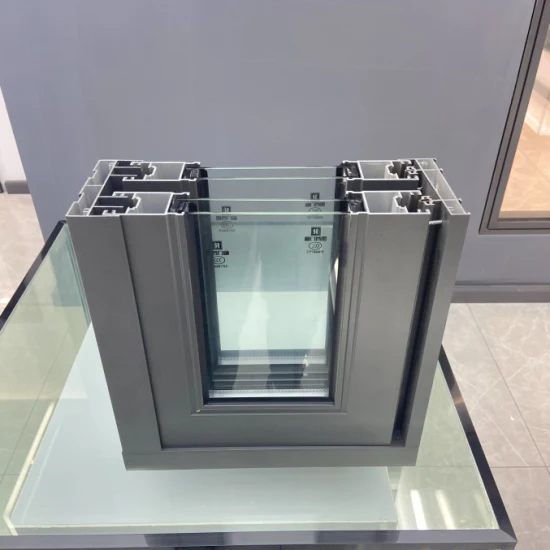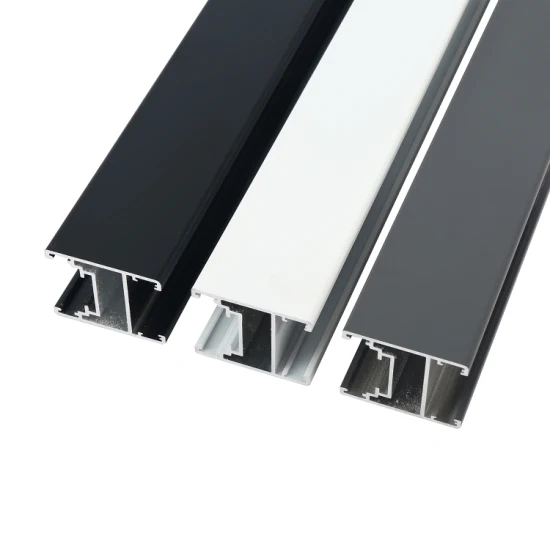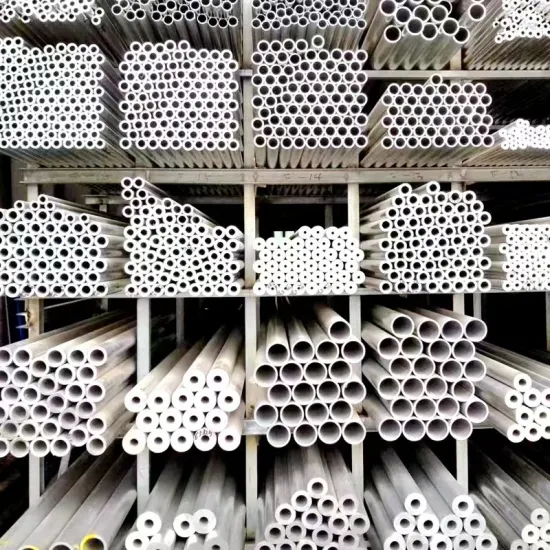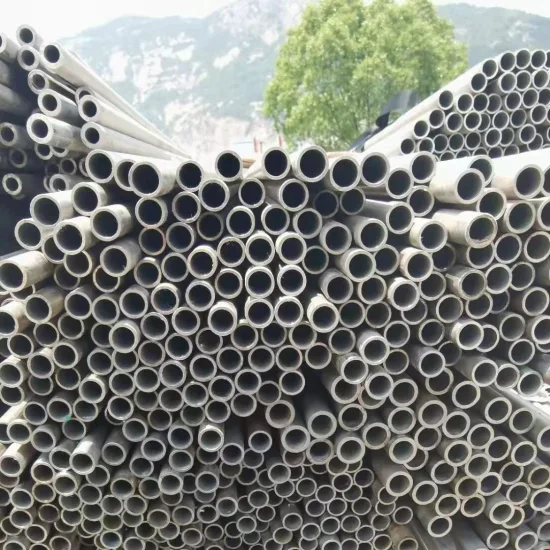
ASTM A270 Seamless Pipe, Austenitic Stainless Steel 304 Sanitary Tubing
Basic Info
| Type | Stainless Steel Pipes |
| Standard | AISI, JIS |
| Grade | 300 Series |
| Certification | AISI, ASTM |
| Shape | Round |
| Technique | Hot Rolled |
| Surface Treatment | Pickling |
| Transport Package | Wooden Box |
| Specification | OD 6-630mm |
| Origin | China |
| HS Code | 7304319000 |
| Production Capacity | 500000kgs |
Product Description
ASTM A270 Seamless Pipe , Austenitic Stainless Steel 304 Sanitary Tubing
PRODUCTS SPECIFICATIONProduct Description:
| Products Name | 304 Stainless Steel Pipe |
| Type | Seamless Pipe / Wedled Pipe |
| Shape | Round |
| Diameter | OD6 - 630mm |
| Wall thickness | SCH5 SCH10 SCH40 SCH80 SCH160 or custom as request |
| Length | 6m/pc or custom cutting as request |
| Standard | ASTM DIN EN GB |
| Mainly Grade | 304 304L 309S 310S 316L 316Ti 316LN 317L 321 329 347 410 2205 2507 904L C276.etc |
| Company Type | Storage and Factory |
| Service | Cutting Polishing |
About 304/304L Stainless Steel
AISI 304 stainless steel (UNS S30400) is the most widely used stainless steel, containing 18-20% Cr and 8-10.5% Ni, and also known as 18-8 stainless steel. SS 304 is non-magnetic under annealing conditions, but after cold working (such as stamping, stretching, bending, rolling), part of the austenite structure may be converted into martensite and therefore weakly magnetic. Type 304 has good resistance to atmospheric corrosion and oxidation. The high nickel-chromium alloy content gives it excellent corrosion resistance and is widely used in the food industry as a standard food grade stainless steel.
There are several variants of 304 grade stainless steel, such as ultra-low-carbon version type 304L, nitrogen-containing version 304N, 304H with improved creep performance, and type 302 with higher carbon content. The second most widely used 316 grade stainless steel, compared with AISI 304, reduced chromium content, increased nickel content, and added 2-3% molybdenum. The addition of molybdenum can enhance the resistance to pitting and crevice corrosion caused by chloride. Therefore, 316 SS is widely used in marine applications.
Composition Composition of 304 Stainless Steel
| Grade | C | Mn | Si | P | S | Cr | Mo | Ni | N | |
|---|---|---|---|---|---|---|---|---|---|---|
| 304 | min. max. | - 0.08 | - 2.0 | - 0.75 | - 0.045 | - 0.030 | 18.0 20.0 | - | 8.0 10.5 | - 0.10 |
| 304L | min. max. | - 0.030 | - 2.0 | - 0.75 | - 0.045 | - 0.030 | 18.0 20.0 | - | 8.0 12.0 | - 0.10 |
| 304H | min. max. | 0.04 0.10 | - 2.0 | - 0.75 | -0.045 | - 0.030 | 18.0 20.0 | - | 8.0 10.5 | - |
Mechanical Properties of 304 Stainless Steel
| Grade | Tensile Strength (MPa) min | Yield Strength 0.2% Proof (MPa) min | Elongation (% in 50 mm) min | Hardness | |
|---|---|---|---|---|---|
| Rockwell B (HR B) max | Brinell (HB) max | ||||
| 304 | 515 | 205 | 40 | 92 | 201 |
| 304L | 485 | 170 | 40 | 92 | 201 |
| 304H | 515 | 205 | 40 | 92 | 201 |


